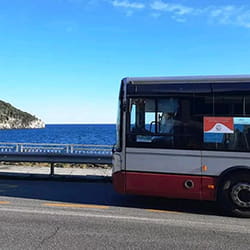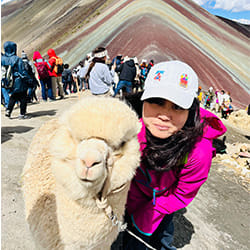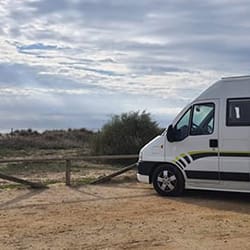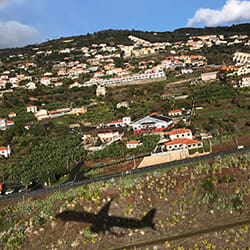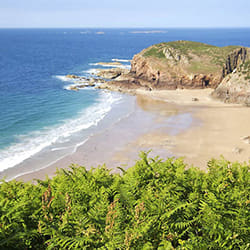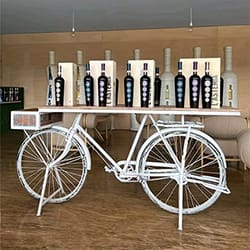Its population, although small, boasts over 45 different nationalities living underground where houses, shops, restaurants and even a Serbian Orthodox church were built.
Located in the midst of the Australian desert, there are only a few houses and few other buildings there to face the oppressive heat of this desertic area. A few meters below, where the temperature becomes more pleasant, most of the Coober Pedy community has adapted to a strange lifestyle.
Its inhabitants live as desert lizards would do, but in a much more comfortable way, they have converted the areas once occupied by the mines into comfortable hotels, apartments and other useful buildings such as the hospital and the supermarket to make staying under the ground pleasant, as well as decidedly out of the ordinary.
Also known as the “opal capital of the world,” Coober Pedy recalls in his name the presence of the ancient inhabitants of that desert land: the aborigines who called the new arrivals kupa piti, that is to say “white man in the den.”
Coober Pedy is indeed a den that the white man built almost 1000 km from Adelaide, in Southern Australia, since the first opal was accidentally found here at the beginning of the 20th century.
More precisely it was built in 1915 so it celebrated its 100th birthday just 5 years ago.
The community that once used to live and work in contact with this reddish earth, burned by the sun and the heat, owed its luck to the subsoil, rich in this iridescent stone that takes on infinite shades, from purple to green, from blue to red, yellow and orange, used to create jewelry and ornamental objects.
In modern times Coober Pedy has become an unusual tourist destination and the town now offers an original stay experience, savoring the charm of the desert area that surrounds it because you can slep underground in its hotels or the youth hostel.
It has everything you need even if for some reason you decide to move here: houses (here called 'dugouts'), churches, hotels, shops and museums: Coober Pedy is not missing anything, except perhaps for the vegetation. The green areas are scarce, as you can imagine, but this lack has been attempted to remedy with the first and only tree present between the actual streets and 'boulevards', put together with old scrap iron.
A lifestyle of this kind, difficult to understand for most, is explained at the museum of Coober Pedy where the underground lifestyle is presented in all its characteristics by panels, guides and a short film.
Once you get down to the heart of the Australian subsoil, not to be missed are the Catacomb Underground Church, the very first Anglican church, founded around the mid-1970s, but also the Dingo Fence nearby, the longest manmade structure in the world, longer even than the Great Wall of China.
It has nothing to do with the imposing defensive walls of a castle, but it does its job of fencing away-dingos, with its impressive 6000 km in length making it also the largest defense palisade in the world.
The Big Winch stands out in the background with warm brown tones, a winch, symbol of hard work in the mines, from which you can enjoy a 360 degree view of the territory above the city, called the 'Birds Eye' by the locals, it offers a breathtaking show.
PHOTO GALLERY












